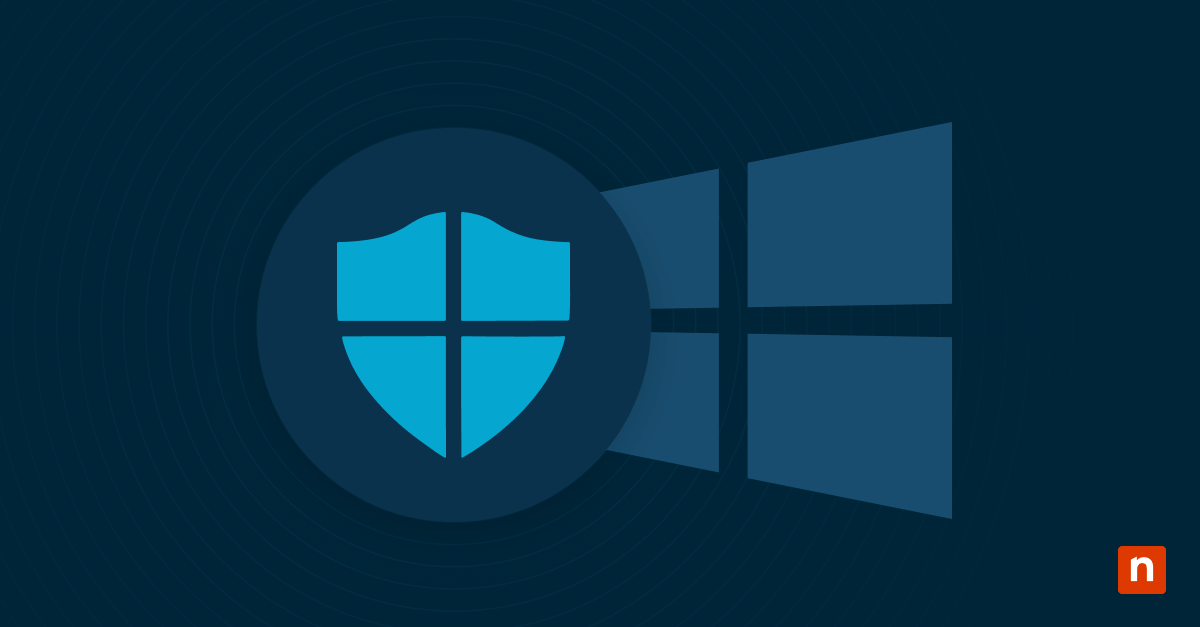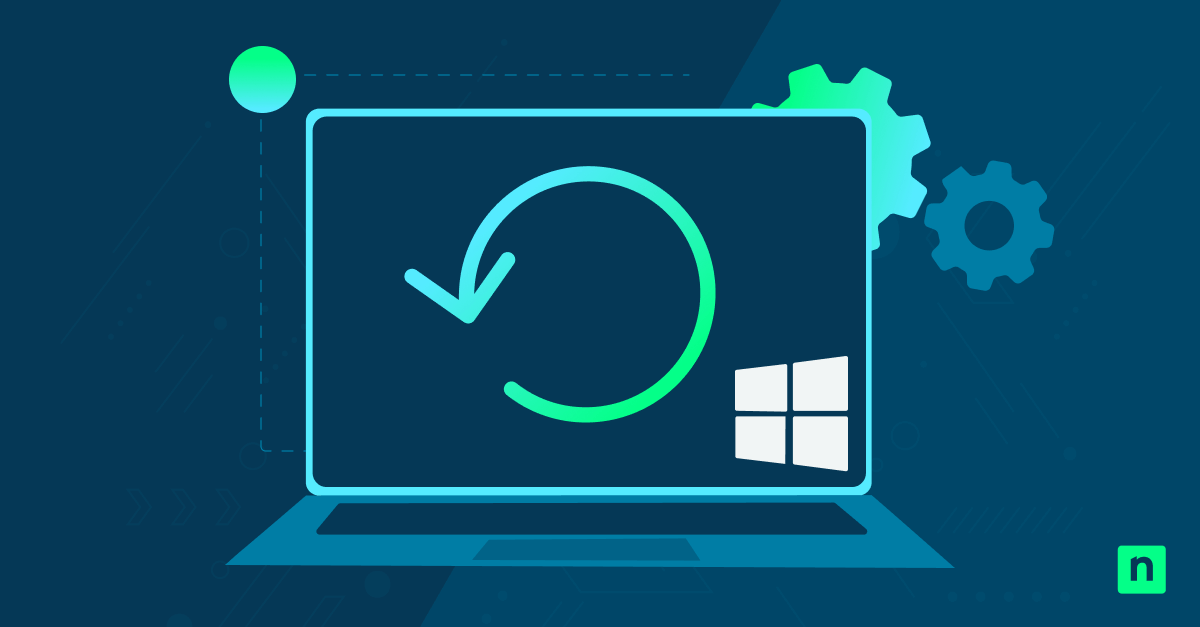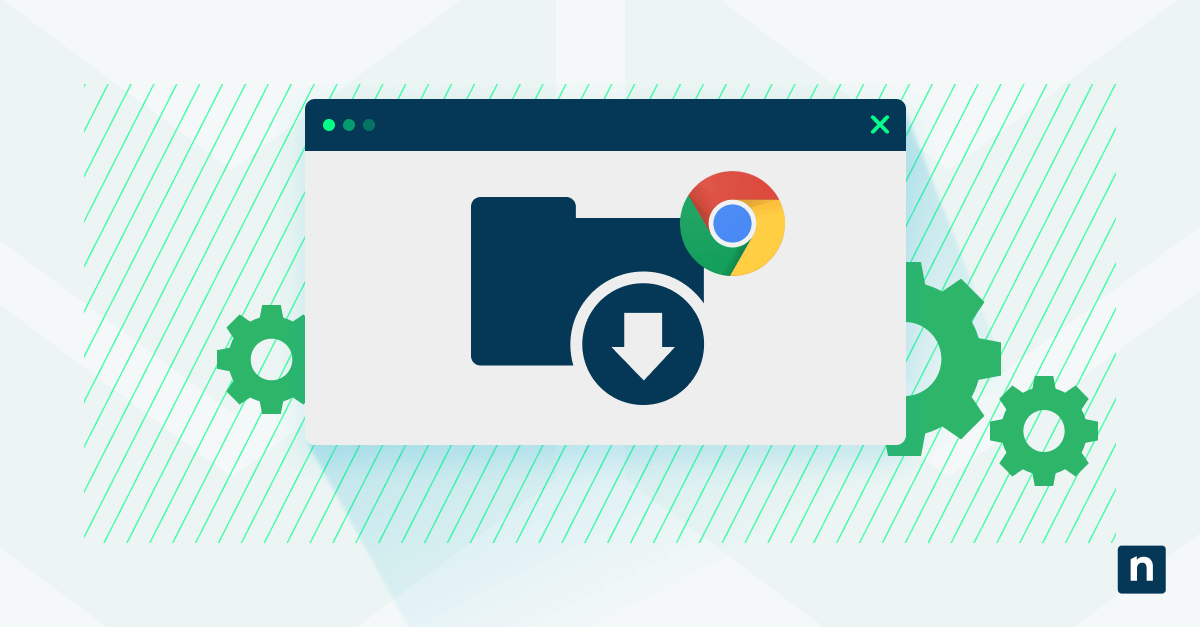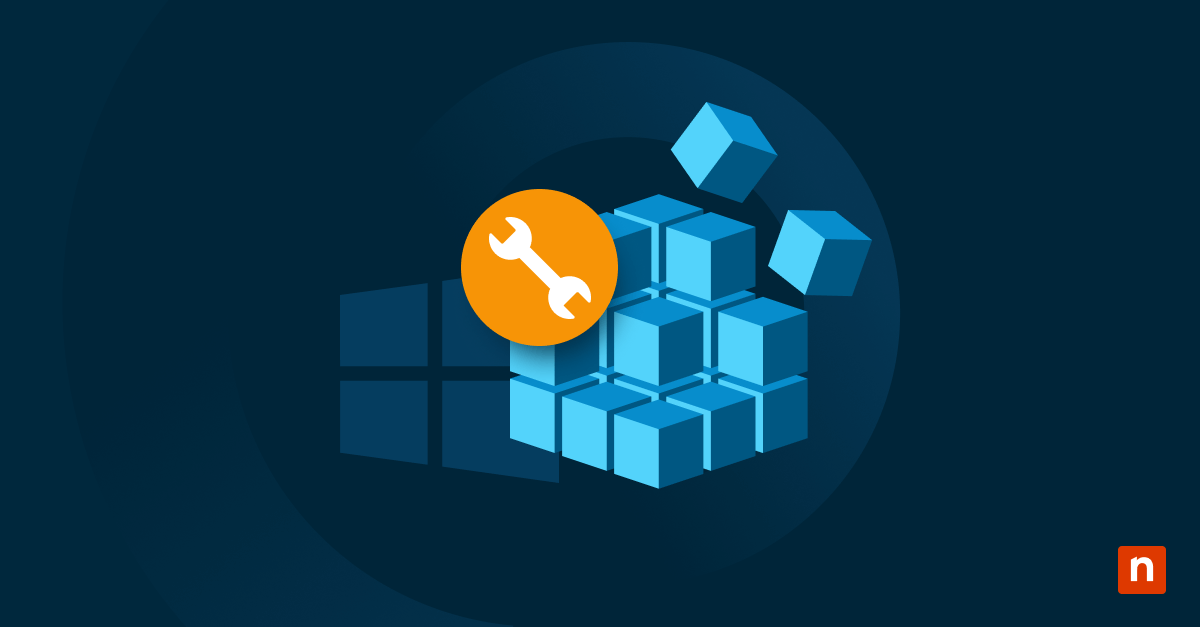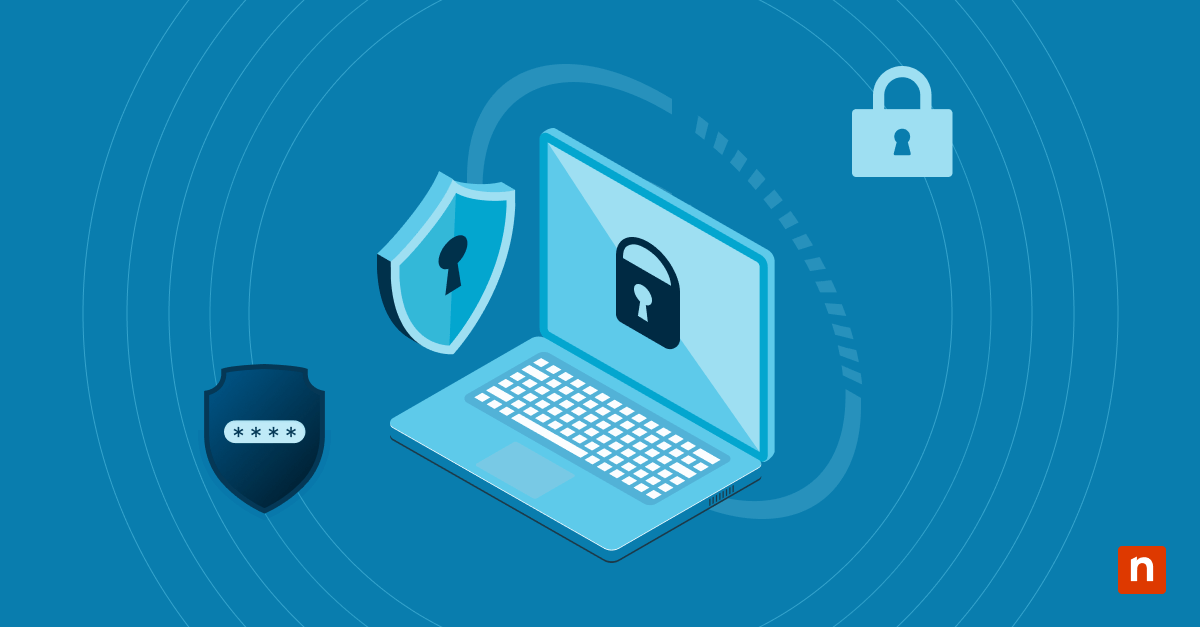Whether you’re an individual or part of a business organization, protecting your saved files is key to any IT operations. The good thing for users of major operating systems, specifically Windows, is that there’s a tool that they can leverage to employ data security. File History is a feature built into the Windows operating system designed to back up files regularly. This gives users peace of mind that their data and its versions are being saved for easy retrieval in case of accidental deletion or corruption.
In this article, we will walk you through the process on how to select a File History drive to save data.
An Overview of File History in Windows
Before we discuss the important procedures for selecting a File History drive, let us give you an overview of File History.
What is File History?
File History is a built-in Windows backup tool introduced in Windows 8 and included in Windows 10 and 11. The tool is designed to continuously make copies of your files stored in your computer folders and certain locations and save them into a storage drive. This enables users to easily retrieve their files in case of data loss caused by cyberattacks, hardware failure, human error, etc.
What are the benefits of using File History?
Users typically have similar purposes when using File History. However, the benefits may differ depending on the types of files being backed up, workflows, the risk of data loss, and more. Here’s how personal and professional users may benefit when using File History:
For personal users:
- Protection from accidental deletion. Since most home or individual users don’t pay for robust backups, File History is an ideal tool to help them retrieve personal files in cases of accidental deletions.
- Hardware issues. Problems such as hard drive crashes, system failures, or computer theft can all cause data loss. Personal users can utilize File History to protect data in these scenarios.
- Ease of use. Many casual users of the Windows operating system may not have advanced expertise in complex IT operations. File History is a tool that offers a straightforward solution for backing up and restoring important files with minimal effort.
For professional users:
- Version control. File History can help professional users retrieve previous versions of files in case of accidental changes or failed edits.
- Project recovery. This feature also helps quickly recover entire projects in case of data loss due to system crashes or human error.
- Business continuity. File History can reduce downtime by ensuring swift recovery of critical files and getting back to work after a disaster.
Requirements for Selecting a File History Drive
File History drives should meet certain prerequisites before being assigned as storage for your File History. Here are some requirements to consider:
- Minimum capacity. Since File History is expected to create copies of your files and their versions, you must aim for at least 500 GB. This reduces the risk of the system running out of space when accommodating multiple versions of your files.
- Drive type. Users can choose drive types such as external hard drives, USB drives, or network drives.
- Compatibility. Confirm the drive works seamlessly with your Windows version. File History functionality and supported features may vary depending on your specific Windows version (e.g., Windows 10, Windows 11, and their respective versions).
Step-by-Step Guide to Selecting a File History Drive
You can use Settings or Control Panel to manage File History drive preferences.
Managing File History Drive Preferences Using Settings
A. Adding File History Drive
1. Open Settings:
- Press Windows + I or click the Start menu and find the Settings app.
2. Navigate to Backup Settings:
- Click on Update & Security and then select Backup from the left-hand menu.
3. Add a Drive:
- On the right-hand side, click Add a drive.
- If you see the option to turn Automatically back up my files on or off, use Option 2 below to change the File History drive instead.
4. Select a Drive:
- Choose the drive from the list you want to use for File History backups.
- If your desired network drive isn’t listed, click Show all network locations. If it’s still not visible, use “Adding or Changing a File History Drive Using Control Panel” below to add a network location.
5. Enable File History:
- Once you select a drive, File History will automatically turn on and back up your files to the chosen location.
6. Close the Settings Window:
- You can now close the Settings window.
B. Changing File History Drive
1. Open Settings:
- Press Windows + I or click the Start menu and find the Settings app.
2. Navigate to Backup Settings:
- Click on Update & Security and then select Backup from the left-hand menu.
3. Access More Options:
- On the right-hand side, click More options.
- If you see “Add a drive” instead, go back to the “A. Adding File History Drive” steps to add a File History drive.
4. Stop Using the Current Drive:
- Under Back up to a different drive, click Stop using the drive.
5. Go Back to Backup Settings:
- Click the back arrow at the top-left corner of the window.
6. Add a New Drive:
- Follow the steps in “A. Adding File History Drive” to add a new File History drive.
Adding or Changing a File History Drive Using Control Panel
1. Open Control Panel:
- Press Windows + S, type Control Panel, and press Enter.
- Switch to the Icons view if necessary.
2. Navigate to File History:
- Click on File History.
3. Select a Drive:
- Click Select drive from the left-hand menu.
4. Choose a Backup Drive:
- Select the drive you want to use for File History and click OK.
- If your desired network drive isn’t listed, click Show all network locations or Add a network location and follow the prompts.
5. Confirm File Move (If Applicable):
- If your previous backup files were on another drive, you’ll be asked whether you want to move them to the new drive. Click Yes or No, depending on your preference.
6. Confirm Backup Setup:
- If the selected drive doesn’t have the most recent backups, you’ll be prompted to confirm using it for File History. Click Yes to create a new backup.
7. Enable File History:
- File History will automatically turn on and begin backing up your files to the selected drive.
8. Close the Settings Window:
- You can now close the Settings window.
Best Practices for File History Drives
For streamlined and optimized File History drive management, you can follow these best practices:
- Regular maintenance. You must consider scheduling a periodic check-up of your drive to ensure adequate storage space for your File History. You can include regular monitoring of free space since as it continuously backs up files, it can gradually fill up. Deleting old backups is also an ideal way to manage storage to free up space. Lastly, make time to identify and delete any files that you think are no longer needed.
- Use reliable drives. Invest in high-quality drives to prevent data loss. Always look into metrics when choosing a drive for your File History. Consider drives with high Mean Time To Failure (MTTF) ratings, indicating their expected lifespan. You also have to avoid drives with frequent errors by checking the drive’s health through diagnostic tools. Additionally, explore the types of drives you think best fit your preferences when saving File History.
- Encrypt your backup. Encrypting your backup drives protects sensitive data. This adds an extra layer of security to your backups in instances when your drive is lost, stolen, or accessed by unauthorized individuals. You should also look into BitLocker, a built-in encryption software from Windows that can offer robust protection for your drives.
FAQs
1. Can I use multiple drives for File History?
To select a file history drive in Windows, access Settings, choose a Drive, and enable File History. Learn more about Windows File History in this guide.
2. What happens if the drive becomes full?
File History is designed to eliminate the oldest versions of files when the drive becomes full. This is a practical way to free up space and a good reminder to plan regular maintenance of your backup storage.
3. How do I restore files from a File History drive?
Navigate to the Restore personal files option in the File History settings to browse and restore previous file versions.
Choosing an Appropriate File History Drive
Deciding on the most suitable drive for your File History ensures the solid security of your data. Following the steps above in selecting a File History drive can help you configure and manage your backups so they are readily available when retrieval is needed. This proactive approach minimizes the risk of data loss and provides peace of mind, knowing your critical files are protected.



